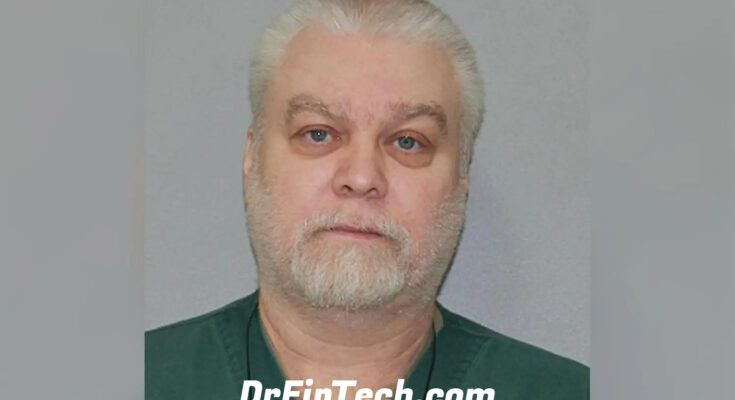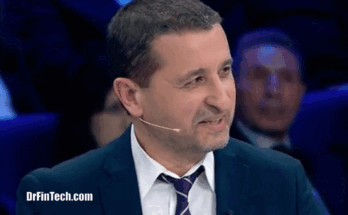Introduction
The 2015 Netflix documentary series “Making a Murderer” brought the case of Wisconsin man Steven Avery to global notice. His guilt or innocence in Teresa Halbach’s 2005 murder has been debated and theorised. Steven Avery was falsely convicted of sexual assault and imprisoned for 18 years before DNA evidence exonerated him in 2003. He returned to prison two years later as the main suspect in Teresa Halbach’s murder. This blog post will examine evidence and issues in the Steven Avery case to determine the truth.
Table of Contents
| I. Introduction II. Background on the Steven Avery Case III. The Murder of Teresa Halbach IV. The Investigation and Arrest of Steven Avery V. Conflicting Evidence and Suspicious Circumstances VI. Controversies Surrounding the Trial VII. New Developments and Appeals VIII. Conclusion IX. FAQs about the Steven Avery Case |
Background on the Steven Avery Case
Steven Avery was born into a criminal family in Manitowoc County, Wisconsin. Despite earlier law enforcement encounters, he maintained his innocence. He was wrongfully convicted of sexual assault on Penny Beerntsen in 1985 when witness identification led to his arrest despite alibi witnesses who saw him at work during the incident.
After nearly two decades in jail, DNA testing established that another individual committed the crime in 2003, exonerating Steven. Two years later, on Halloween 2005, Teresa Halbach disappeared after visiting Steven’s farm to shoot his sister’s vehicle auction for AutoTrader magazine. Steven’s fire hole yielded her burned bones on November 5. He became the main suspect in her murder instantly.
The Murder of Teresa Halbach
The murder of Teresa Halbach occurred on October 31, 2005, when she visited Steven Avery’s farm to photograph his sister’s automobile for an AutoTrader listing. Her mobile phone records show she called Steven twice before visiting his property.
The prosecution said that Steven enticed Teresa into his garage by asking her to take images of another car after taking the photos. He shot her in the throat and chest with a.22 rifle and stabbed her repeatedly.
They believe he put her in her car trunk and loaded her corpse onto his trailer, tied to one of his cars. The prosecution claims he drove away from the scene and put Teresa’s body in a fire pit on his property, where they recovered half burnt bones.
The Investigation and Arrest of Steven Avery
At first, the authorities looked into Scott Tadych (Steven’s brother-in-law) and Ryan Hillegas (Teresa’s ex-boyfriend) as potential suspects right after she was reported missing. After finding gunshot pieces with Teresa’s DNA in Steven’s residence and contradictory alibis from Brendan Dassey (Steven’s nephew), they turned against him as their main suspect.
The Manitowoc County Sheriff’s department took over despite having worked with Avery on past erroneous convictions. Many opponents say there is a conflict of interest since this department may be biased against Avery.
Conflicting Evidence and Suspicious Circumstances
The Steven Avery case has plenty of conflicting or suspicious evidence. The majority of Teresa’s bones were not recovered on Avery’s land, which is a huge dispute. Despite many skull punctures, the medical examiner couldn’t pinpoint her cause of death.
Law enforcement has also been accused of planting Teresa’s vehicle key and gunshot fragments to blame Steven. Some say they did this because of their grudge against him following his erroneous conviction and lawsuit.
Some witnesses claimed that someone searched for the car key and bullet before discovering them, arousing concerns that the evidence might have been tampered with.
Controversies Surrounding the Trial
The treatment of Brendan Dassey’s role in Teresa’s death has caused criticism. He recanted his confession but testified against his uncle after contradictory alibis.
Investigators are accused of using unfair methods to force Brendan to confess to a crime. They didn’t tell him his rights and took advantage of his difficulty in understanding things.
In Steven’s trial in 2007, jurors were allowed to watch TV related to the case while being sequestered, which some argue influenced their decisions. This goes against high-profile case juries’ oaths to avoid media influence.
New Developments and Appeals
Following Steven Avery and Brendan Dassey’s convictions, there have been various developments and appeals filed to reverse their convictions.
In August 2016, new attorney Kathleen Zellner found significant inadequate representation by prior attorneys, leading in wasted chances and an overwhelming decision to reject any fresh proof of Steven’s innocence.
Federal Magistrate William Duffin reversed Brendan Dassey’s conviction in June 2017 owing to trial conflict that violated due process. This ruling was overturned and is being appealed in federal court.
Numerous films and interviews have revealed new evidence. Recent reports suggest that Avery’s old cellmate discussed selling Theresa’s automobile with salesmen Chuck and Earl Avery.
Conclusion
Mystery, contention, inconsistencies, and conflicting evidence have plagued the Steven Avery case from the beginning. While many think that law enforcement was manipulating him, some people hold him responsible. Teresa Halbach’s murder and Steven Avery’s involvement remain a mystery, but new evidence and appeals continue to surface.
Steven Avery Case FAQs
1. Did police plant evidence against Steven Avery?
Steven Avery’s prior erroneous conviction has led to allegations of evidence manipulation by law enforcement.
2. “Was Brendan Dassey’s confession coerced?”
According to widespread belief, law enforcement officers likely coerced Brendan Dassey into making his confessions and obtained them without providing him with legal assistance.
3. What impact has public opinion had on this case?
Due to media coverage, there has been a debate over Steven Avery’s guilt or innocence in this case..
4. Why did authorities only suspect Steven?
The police first examined other suspects before uncovering significant evidence incriminating him.
5. What has changed since Netflix showed “Making a Murderer”?
Ineffective counsel allegations stemming from lost opportunities for vital information and improper verdict processes have prompted further appeals.



